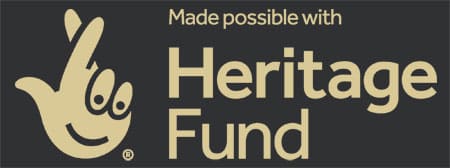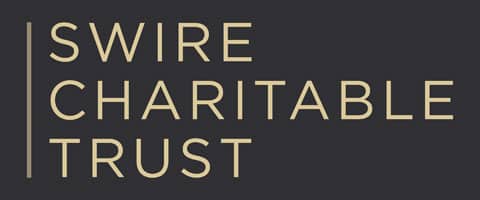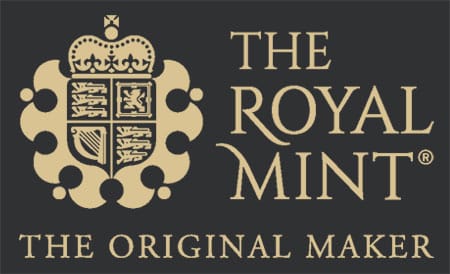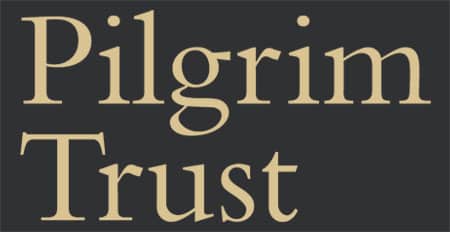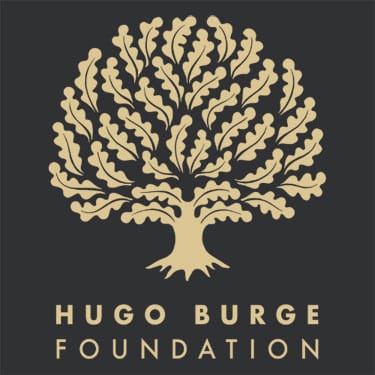Historically, all tanning was done using chemicals derived from plants, such as extracts from the barks of certain types of trees, until the nineteenth century when chrome salts were introduced.
There are two types of leather – full grain and top grain. Full grain leather is leather that has not been tampered with after removing it from the animal – the hair is removed and the grain or epidermis is left on. Top grain leather is worked with to cover up any scars or blemishes on the skin and is usually sanded and sprayed.
The process of tanning varies according to the intended use of the leather. However, generally in the preparation for tanning, larger animal hides are divided and cut according to body areas, while smaller animals (e.g. calf, goat, pig and reptiles) are left as one piece. Firstly the hair must be removed from the skin. The hides and skins are in water to be washed and rehydrated, with lime liquors used to loosen the hair and plump the hide. The hair that has been removed is sold on to plasterers or felt manufactures. The hides and skins are naturally uneven and of different thicknesses. Therefore, in order to even them out they are run through a plotting machine. Thickness throughout a hide differs, hence why leathers are shown to have different thicknesses on their labelling.

